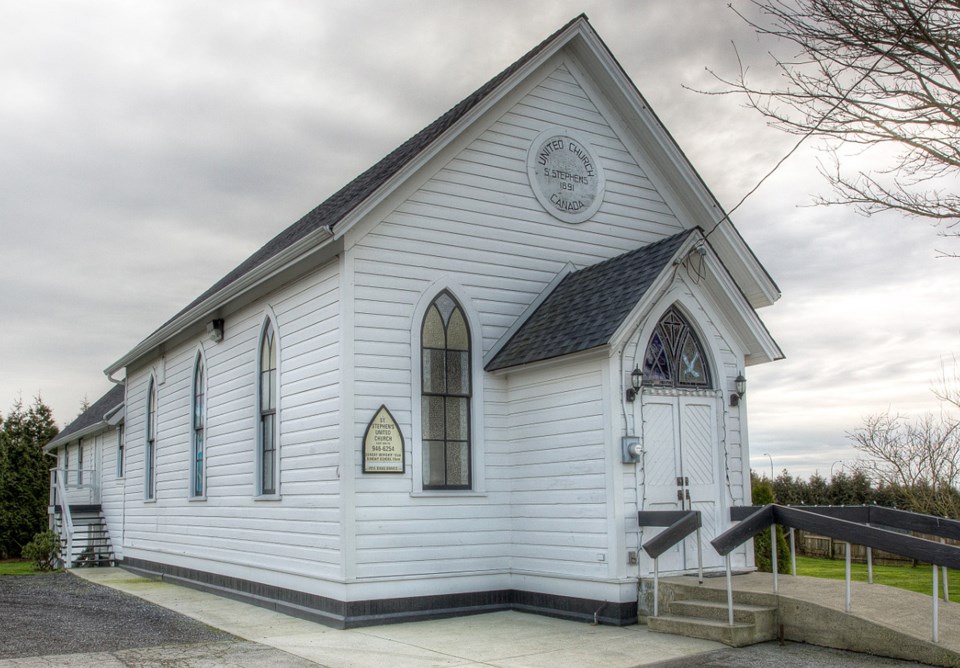The City of Delta is reviewing its urban and rural heritage inventories.
Delta’s rural heritage inventory was last updated in 1999 and the urban heritage inventory was last updated in 2002.
A request for proposals will be issued for a consultant to help to complete the project that is to examine new ways to consider what has heritage value.
A report to the Heritage Advisory Commission notes that, within the current inventories, heritage resources are primarily building based.
Through past discussions, the commission has identifies a need to take a more thematic approach, which could still include buildings but also other heritage resources such as natural and cultural landscapes, landmarks and other sites that have intrinsic value, the report notes.
Consultant Donald Luxton previously told the commission the city should adopt a so-called “value-based” evaluation system that allows people to think more broadly about what constitutes heritage, such as cultural diversity, indigenous heritage and intangible heritage, and not just the age of buildings.
Luxton noted the Canadian Register of Historic Places website lists national, provincial, territorial, municipal and indigenous sites and is actively used by tourists planning visits to Canada.
He explained that the traditional numerical system of heritage evaluation methodology places an emphasis on “privileged architecture” and doesn’t provide evaluation tools for landscapes, streetscapes, vernacular architectures and intangibles heritage.
Recommending Delta undertake an historic context exercise, he cited Vancouver’s Kogawa House as an example of a house having value based on more broadly interpreted factors. It’s a modest 1912 bungalow with historical significance as the family home of celebrated author Joy Kogawa prior to the Japanese internment during World War 2.
The heritage commission recently discussed a draft terms of reference as a basis for the request for proposals to complete the inventories update.
It’s to be issued this fall and the process is expected to take 12-to-18 months to complete.



